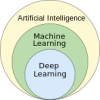How many stars are there in the whole galaxy?0
- From Around the Web, Space
- October 30, 2018
Our solar system is just a tiny speck in the Milky Way.
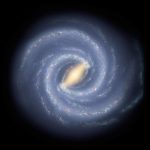
Our solar system is just a tiny speck in the Milky Way.
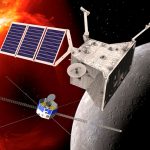
Experts say planet could offer new insights into how solar system formed

New research suggests the “rock comet” is weirder than previously thought.
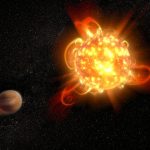
The word “HAZMAT” describes substances that pose a risk to the environment, or even to life itself. Imagine the term being applied to entire planets, where violent flares from the host star may make worlds uninhabitable by affecting their atmospheres.

NASA’s MarCO mission was designed to find out if briefcase-sized spacecraft called CubeSats could survive the journey to deep space. Now, MarCO – which stands for Mars Cube One – has Mars in sight.
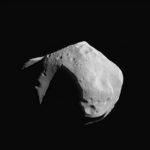
The first study of its environmental impact suggests that extracting resources such as platinum from asteroids might be cleaner than doing so on Earth.
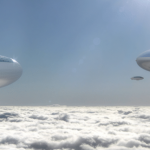
The upper atmosphere of Venus is surprisingly similar Earth.

New observations by the Atacama Large Millimeter/submillimeter Array (ALMA) provide a close look at a galaxy that may be in the process of shutting down its star formation.
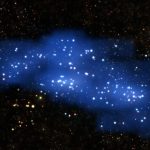
Proto-supercluster may contain thousands of galaxies
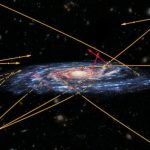
Data from the Gaia satellite reveal 20 new high-speed stars, 13 of which appear to have originated outside of the Milky Way.



